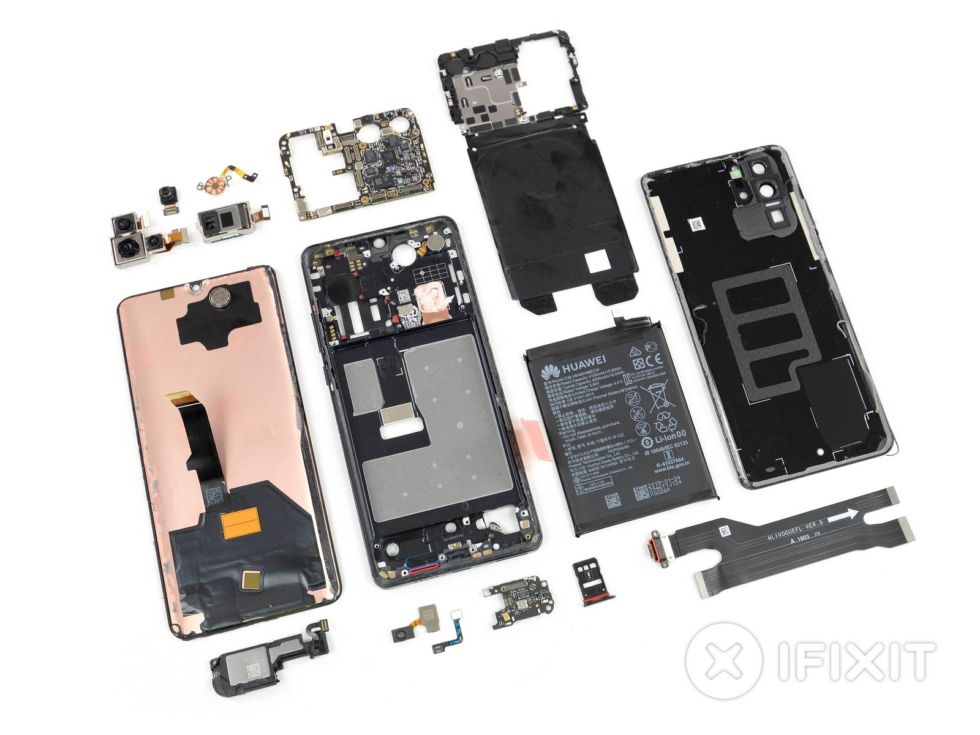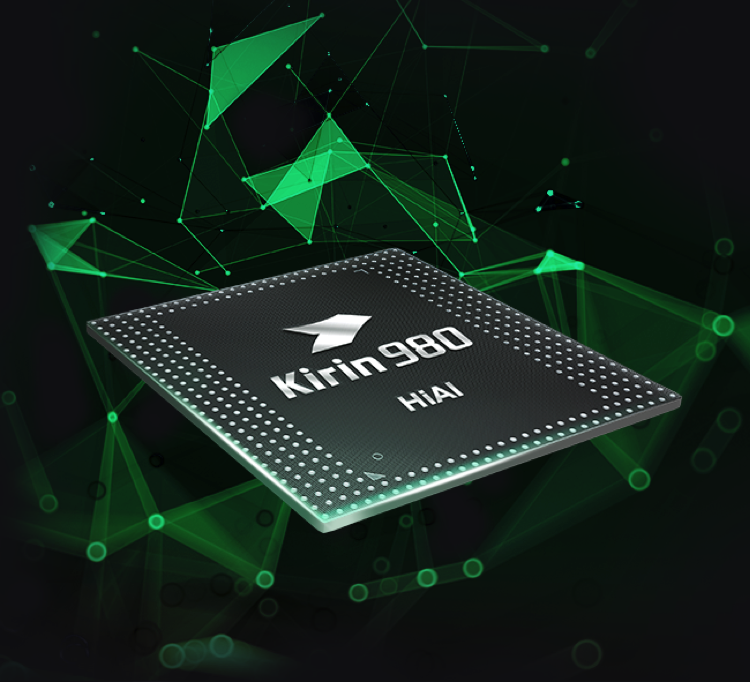-

The parts of the P30 Pro, courtesy iFixit. [credit: iFixit ]
President Trump's Huawei ban is in full effect, and companies from all over the country are announcing they will no longer be doing business with Huawei. Google, Qualcomm, Broadcom, and Intel are all cutting ties with Huawei, and once this new 90-day exemption is up, really every US company would no longer be allowed to supply Huawei with technology or services. Trump's executive order is very broad, prohibiting "any acquisition, importation, transfer, installation, dealing in, or use of any information and communications technology or service" by any foreign company the US government deems a threat, in this case, Huawei.
With Huawei cut off from US technology, exactly how hard will it be for the company to continue to make smartphones? For an idea of how much Huawei would need to change, let's do a parts audit on the company's latest flagship smartphone, the Huawei P30 Pro. We'll see where each component comes from and what other options exist out there in the ecosystem. Between spec sheets, teardowns from iFixit, and EE Times, we can whip together a pretty good list of components and their countries of origin.
The Power of HiSilicon

(credit: Huawei)
The System on a Chip is the heart of any smartphone, supplying most of your basic three-letter computer components like the CPU, GPU, LTE modem, GPS, and more. Huawei is better off than most companies in this area—it's one of the few companies (along with Samsung) that has its own chip-design division. Huawei's "HiSilicon" group designs SoCs for its smartphones, and the Huawei P30 Pro uses the HiSilicon Kirin 980 SoC. HiSilicon has its own LTE modem solution and is a leader in 5G modems.
Read 27 remaining paragraphs | Comments
from Tech – Ars Technica http://bit.ly/2waRViv
via IFTTT
No comments:
Post a Comment